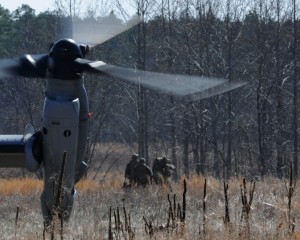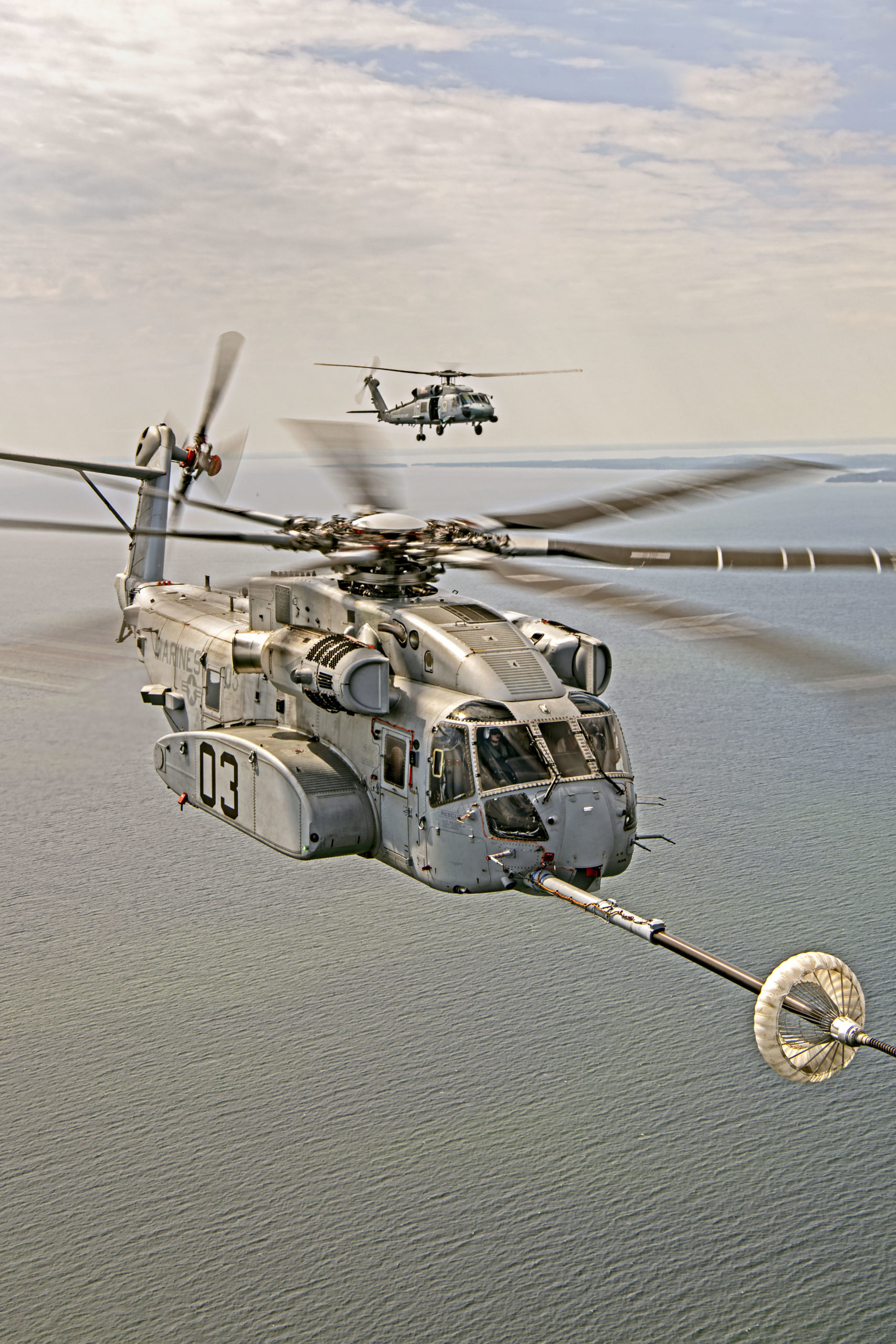The Marines are building new capabilities for force insertion which complement more traditional ways of operating.
How do you insert force in various locations to hit the enemy where he isn’t?
The basic concept of “hit where the enemy isn’t” was well articulated in an interview, I did with the II MEF commander after a Bold Alligator Exercise in 2012.
This is what BG Owens said in that interview:
“On the Navy side we need to show the agility and the flexibility to maneuver. We’ve got to use our shaping capabilities for both kinetic and non-kinetic operations; we’ve got to use solid deception operations, demonstrations and so forth.
“And we’ve got to basically show the enemy that we can hold his entire coastline at risk, and force him to make decisions to spread his forces out that will allow us to find a weak spot. Or force him to concentrate forces in the wrong area, in which we can go into an area that he either hasn’t reached yet or simply can’t cover because he doesn’t have enough forces. We’ve got to hit them where they’re not.

“In doing so, we get away from that image of amphibious assault where we’re going into a limited area, and that you have limited places you can land, so the enemy knows you’re coming to one of these two places. And once they know you’re coming to the island, there is no surprise left.
“In most situations, we’re not going to be assaulting an island less than ten miles in length; we’re going to be holding a larger coastline at risk. And we will force the enemy to make decisions, and through that, hopefully make mistakes that we can exploit.
“And that’s kind of how the scenario played out in Bold Alligator. We ended up landing where the enemy was not quite able to reach us yet, and even though we did have some threats in the beach area, we were able to mitigate those so that the forces came ashore without taking casualties.”
As the Navy and the USMC are shaping their approach to distributed operations a decade later, they are leveraging new technologies and new concepts of operations to find new ways to achieve the objective of “We’ve got to hit them where they’re not.”
With a kill web approach, the focus is leveraging payloads from various points of operation to create the effects needed and to do so in ways where you combine distributed forces to create greater aggregate combat effect.
You are creating combat mass from aggregation of effects delivered by various combat clusters interwoven into a combined force.
One illustration of how the Navy is working such an approach was highlighted in an interview which I did last year with Rear Admiral Jablon in his office in Hawaii.
Rear Admiral Jeffrey Jablon at the time of the interview was the Submarine Force, U.S. Pacific Fleet (SUBPAC) commander.
This how he highlighted the nature of a combat cluster in our discussion which we had.
The role of the submarine in the joint and coalition force is being expanded. The submarine force is part of the joint fires solution. The submarine force can operate independently or work with the joint or coalition force in providing joint or coalition force combined effects.
As the joint force works enhanced kill web capabilities, combat clusters can operate together to deliver joint fires solutions.
As Ed Timperlake and I have argued in our book on the evolution of the maritime kill web: “Force packages or combat clusters are deployed under mission command with enough organic C2 and ISR to monitor their situations and integrate the platforms that are part of that combat cluster and to operate effectively at a point of interest. Within that combat cluster, the C2 and ISR systems allow for reachback to non-organic combat assets which are then conjoined operational for a period of time to that combat cluster and becomes part of an expanded modular task force.
“With the right kind of security arrangement, and C2 and ISR capabilities, the presence force, now an expanded modular task force, need not be American to expand the reach and effectiveness of the operational force in the extended battlespace. Such an approach and capabilities are the essence of what a kill-web enabled force is and how such integratability can close the geographical and combat seams which 21st century authoritarian powers are focused on generating.
“This allows for the kind of escalation management and control crucial for the competition with the 21st Century authoritarian powers. It is not about getting to World War III as rapidly as possible or generating nuclear exchanges early in a widening conflict. It is about escalation control and management, and an ability to close seams which adversaries seek to open to gain significant escalation dominance as they expand the reach and range of those 21st century authoritarian powers.”
Rear Admiral Jablon underscored the nature of the shift as follows: “The submarine force is now becoming part of the ‘combat clusters’ that you’re talking about instead of an independent operator. In the Cold War, we operated independently, alone, and unafraid. During the land wars, we started becoming part of the joint force as we provided land fires via the TLAM. Now, we are fully integrated with the joint force in terms of targeting and communications. But, of course, we can also conduct independent operations as the ‘silent service’ when directed.”
The broadening of the submarine’s role within joint warfighting is being expanded by the arrival and then growth in capability of autonomous systems. In my own view, rather than seeing autonomous systems in the short- or medium-term creating ghost fleets, their role will be to expand the range, capability, and lethality of capital assets. Rather than looking simply at the organic capability on a specific platform, we will consider surface ships using such capabilities as becoming mother ships and submarines will share in this development as well.
Rear Admiral Jablon specifically mentioned two types of autonomous developments of note for the submarine fleet. One is the ability to operate a UUV out of a torpedo tube, with the UUV coming back after its mission to offload data specifically onboard the submarine.
The second autonomous development is the ability to launch a UAV while submerged to enable joint fires. Rear Admiral Jablon said that they had specifically worked this with the USMC as the force develops its Expeditionary Advanced Base Operations (EABO) solution set.
But the USMC can leverage autonomous systems in other ways to support their EABOs and to deliver combat effects from their distributed forces inserted in the chessboard of operations,
I will turn to such an approach in the next article.
Featured Photo: The CH-53K King Stallion successfully plugs into a funnel-shaped drogue towed behind a KC-130J during aerial refueling wake testing over the Chesapeake Bay. USN photos by Erik Heldebrandt. April 6, 2020.


